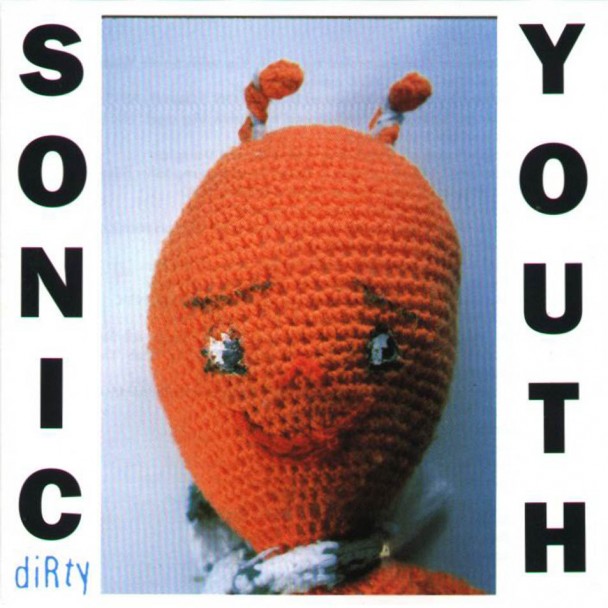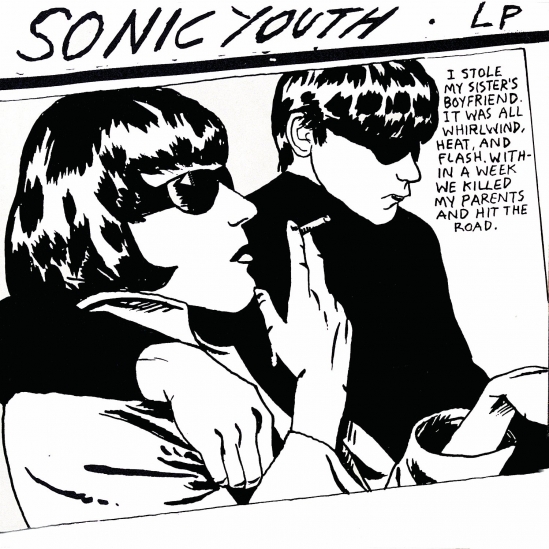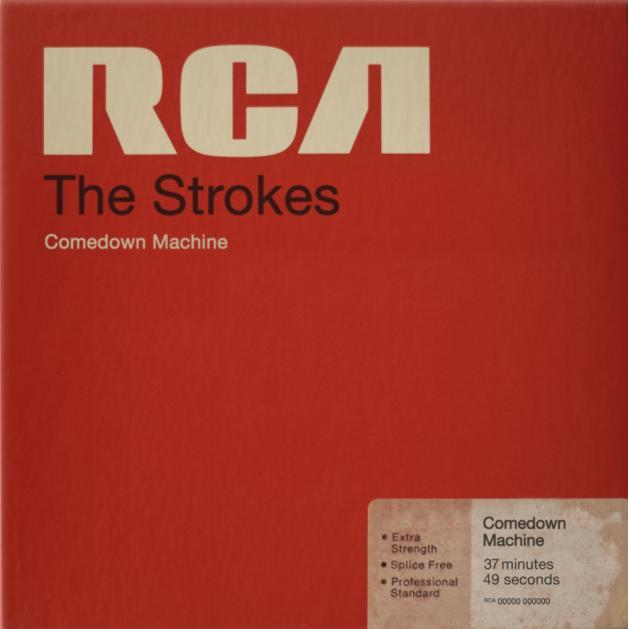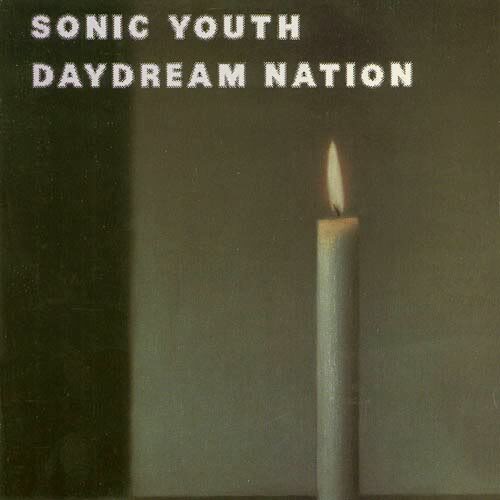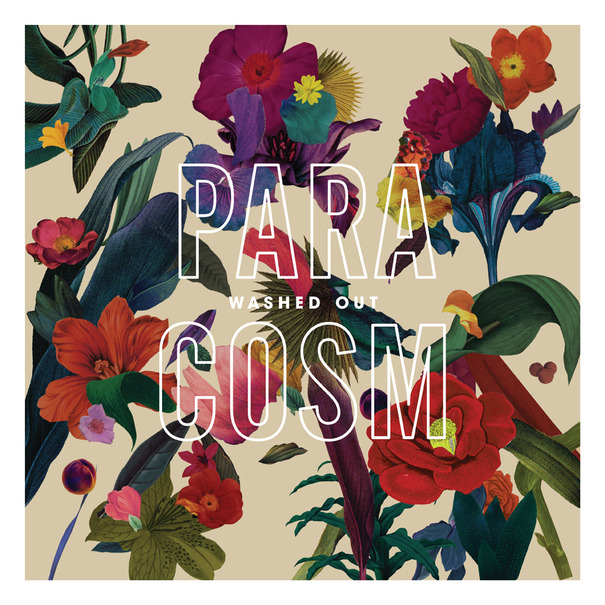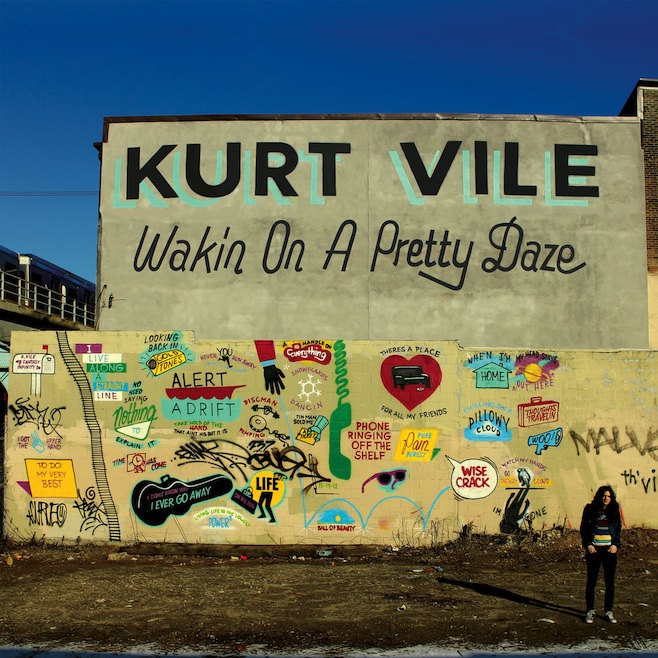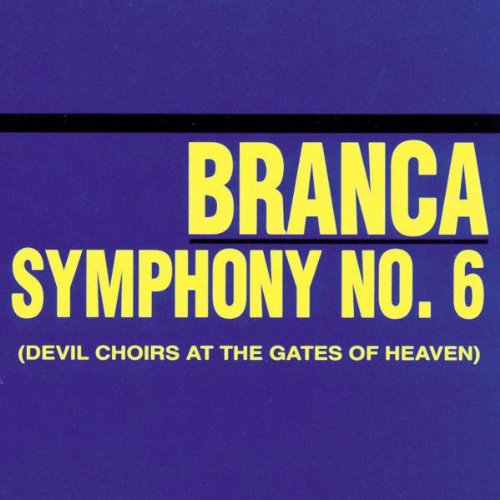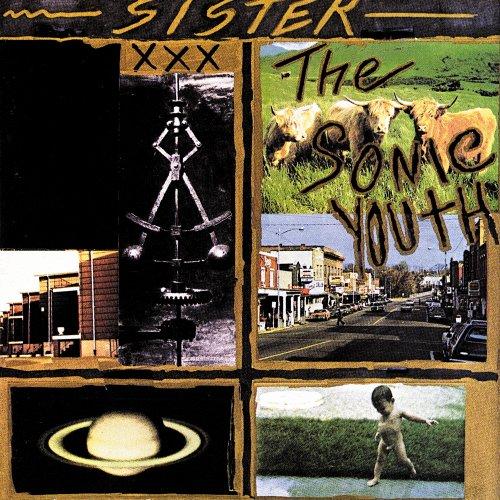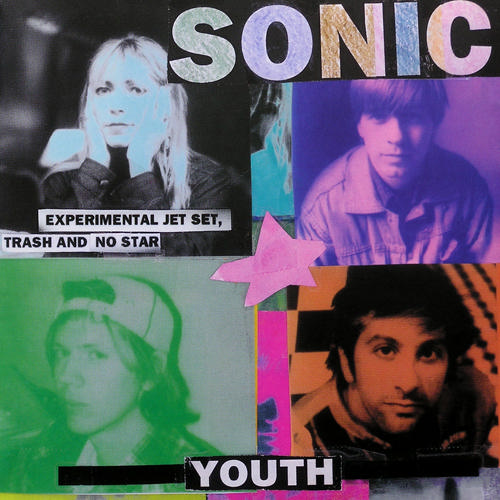
“Experimental, Jet Set, Trash & No Star” was the first new album that Sonic Youth released since I had started listening to them a few years before, or maybe it was just the year before. Anyway, for that reason I still think of it as a “new” album of theirs even though it isn’t really a new album at all. It came out in 1994, which means almost 20 years ago. Great, if I wasn’t feeling old already, now I definitely am.
More importantly I think of this album, still, as their “acoustic” album. I know that this isn’t true by any stretch of the imagination, but I think that I got this idea stuck in my head based entirely on the first track “Winner’s Blues,” which did feature heavily acoustic guitars, bright sounding, clear, acoustic guitars, with Thurston singing through one of those bullet mics that are usually used by blues singers. It just had this whole different sound to it than I was used to from what I had heard from them up to that point.
I feel like to a certain degree that album is a bit of a lost relic or something. And, now that I think about it, I feel like maybe “Dirty” is too, though “Goo” manages to hold on to some status as an iconic album, if for nothing else because of the album art and the fact that it was the band making the leap from indie status to a major label. But this “lost relic” idea is something that I experience myself foisting onto the album. I don’t often think of listening to this one, and when I do – because it is usually a long time between listens for me – I always get this overwhelming feeling of hearing these songs for the first time all over again.
Again, when I had this album I had it on tape, and I remember the “run-out groove” sound bite that comes in at the end of the album always (and still does) caught me by surprise and scared the shit out of me (it still does that too). If you aren’t familiar with it, go and listen to the last song on the album and then just sit back and wait and tell me that that doesn’t make you panic for at least a few seconds.
This album is a little bit less balanced than anything they had previously done. First of all, throwing off the balance completely, is that this is the first album to not have any tracks by Lee Ranaldo. There are some straight ahead rockers like “Waist” and “Starfield Road” as well as the blues based “Screaming Skull” and the surprising radio “hit” “Bull in the Heather.” If any band was going to take extended guitar technique and turn it into a pop hook, what better band to do it than these guys?
The point is, basically, that there is a division here. It’s a point of departure. Sure there were noisy parts on the album, but overall the production is crystal clear. Songs are starting to get stripped down a bit, the band is getting more comfortable working in slower songs and letting the silences speak for themselves. This is an element that will come into even more play when they release “Washing Machine” another couple years down the road.
I guess that today I am really writing this post for myself because I need to remind myself that this is an album that is worth going back to and spending more time with. This album is worth knowing better than I currently know it. I’m attaching the video to “Bull in the Heather” below for a few reasons: first reason is that it is very painfully of the time. Kathleen Hanna dancing around and clawing at Thurston, jumping all over the band, the fashion, the attitude, all very 1990s. I also remember seeing this video quite a lot on regular MTV rotation, and of course on 120 minutes, not to mention the number of spins that it got on local independent radio station 90.5 WBER. Take a listen, and then go back and relisten to the entire album. It’s amazing how much a band can change their sound and keep things consistent.


